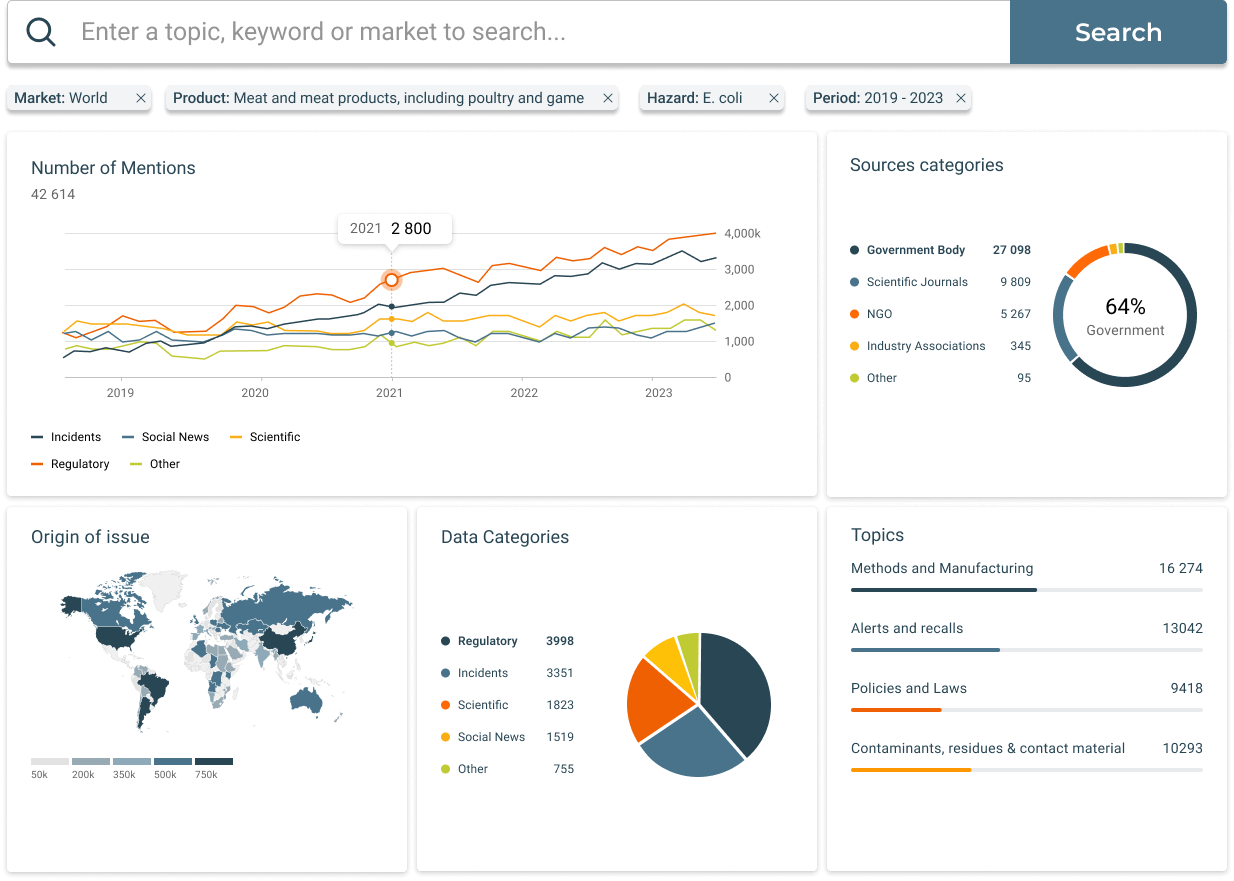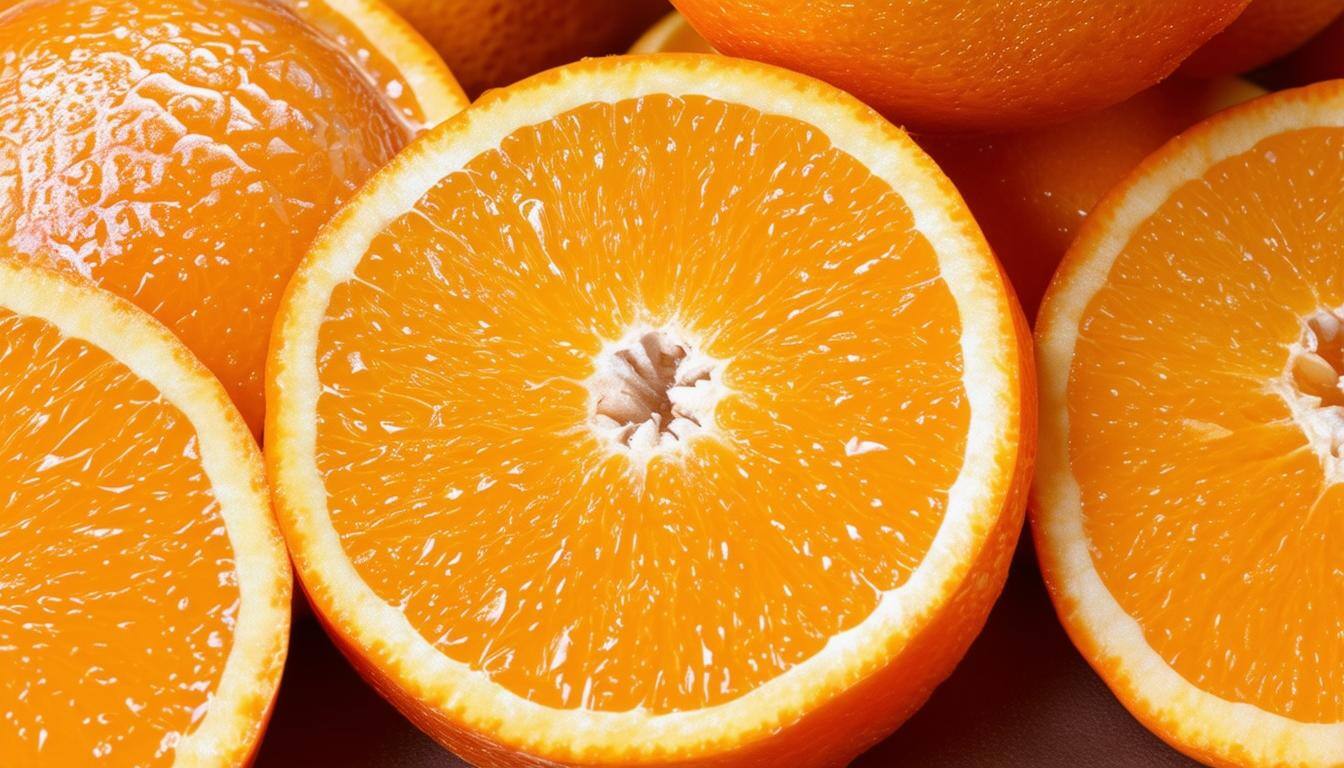Fruits are widely consumed for their nutritional benefits, freshness, and natural sweetness. However, due to their growth environment and handling processes, fruits are susceptible to contamination, leading to potential recalls. Fruit recalls are typically initiated when pathogens such as Salmonella, Listeria, or E. coli are detected, or due to issues like pesticide residue, foreign materials, or allergen mislabeling in processed products. This guide explores the primary causes of fruit recalls, the role of regulatory authorities, the impact on the produce industry, and preventive measures to ensure the safety of fruits from farm to table. Let's dive into this type of Food Recall.
What is a Fruit Recall?
A fruit recall is the removal of potentially unsafe or contaminated fruit products from the market. These recalls may be initiated voluntarily by growers and producers or mandated by regulatory bodies such as the FDA if a health risk is detected. Fruit recalls can affect a wide range of products, including fresh whole fruits, pre-cut fruit packages, dried fruits, and fruit-based snacks. Given that fruits are often eaten raw, recalls are managed with urgency to prevent foodborne illness outbreaks and protect consumer health.
Main Causes and Hazards of Fruit Recalls
Fruit recalls are typically driven by specific hazards, each presenting unique risks to consumers:
-
Bacterial Contamination (e.g., Salmonella, Listeria, E. coli): Pathogens like Salmonella, Listeria, and E. coli are common causes of fruit recalls. Contamination can occur during growing, harvesting, processing, or packaging and is particularly concerning for fruits consumed raw. Listeria, which thrives in cool, moist environments, is a frequent contaminant in pre-cut fruit and frozen fruits.
-
Pesticide Residue: Excessive pesticide residues due to improper application can make fruit unsafe for consumption. Regulatory bodies set strict limits for pesticide residues, and recalls may be issued if these limits are exceeded, posing health risks to consumers.
-
Foreign Material Contamination (e.g., Plastic, Stones, Metal): Foreign materials can occasionally end up in fruit products, particularly in processed forms. Fragments of plastic, stones, or metal can pose physical hazards, including choking or injury, leading to recalls.
-
Allergen Mislabeling in Processed Fruits: While fresh fruits are generally free from allergens, processed fruit products may contain allergens such as nuts or soy. If these allergens are not properly declared, they pose serious risks to consumers with allergies, prompting recalls.
Understanding these hazards highlights the importance of stringent quality control, hygiene, and careful handling in fruit production and processing to protect consumer health.
Regulatory Authorities' Role in Fruit Recalls
The FDA is primarily responsible for managing fruit recalls in the United States, with the CDC often involved if an outbreak or illness is linked to contaminated fruit. Key responsibilities of regulatory authorities in fruit recalls include:
-
Inspection and Monitoring: The FDA conducts regular inspections of fruit farms, processing facilities, and packaging centers to ensure compliance with safety standards. These inspections focus on hygiene, water quality, pesticide application, and equipment maintenance.
-
Testing and Surveillance: The FDA and USDA conduct routine testing of fruit products for pathogens and pesticide residues. These tests are performed on both fresh and processed fruits to detect contamination risks before products reach consumers.
-
Recall Classification and Management: When a recall is necessary, the FDA classifies it based on the level of health risk:
- Class I Recall: High risk, involving products that could cause severe health issues or death, such as fruits contaminated with Listeria or E. coli.
- Class II Recall: Moderate risk, where the product may cause temporary health issues but is unlikely to result in severe illness.
- Class III Recall: Low risk, involving products that violate labeling or regulatory standards without posing immediate health threats.
-
Public Communication and Alerts: For Class I and II recalls, the FDA issues public notices detailing affected products, lot numbers, and any health risks. Transparent communication is essential to inform consumers and prevent potential health issues.
-
Corrective Actions and Compliance: After a recall, the FDA may require companies to implement corrective actions, such as enhancing sanitation protocols, updating pesticide application practices, or improving labeling accuracy. These measures help prevent future contamination and support food safety.
Regulatory oversight ensures that fruit recalls are handled effectively, protecting public health and supporting accountability within the produce industry.
Impact of Fruit Recalls on the Industry
Fruit recalls can have significant consequences for growers, distributors, and retailers, affecting various aspects of the industry:
-
Financial Losses: Recalls generate direct costs from retrieving products, conducting testing, and implementing corrective actions. Additional losses can arise from reduced consumer demand, lost sales, and potential legal liabilities if consumers are affected.
-
Reputation Damage: A fruit recall, especially one involving harmful pathogens, can negatively impact a brand’s reputation and consumer trust. Public relations efforts and transparency are often needed to rebuild loyalty and ensure consumer confidence.
-
Increased Regulatory Scrutiny: Following a recall, companies may face heightened regulatory oversight, including more frequent inspections and stricter compliance requirements. This increased scrutiny can strain resources and affect business operations.
-
Supply Chain Disruption: Fruit recalls disrupt the entire supply chain, from farms to retailers. Coordinating effectively with suppliers and distributors is essential to remove affected products, address contamination sources, and restore normal operations.
Understanding these impacts highlights the importance of preventive measures to maintain food safety standards and protect both consumer trust and business stability.
Preventive Measures for Fruit Recalls
To minimize the likelihood of fruit recalls, growers and processors should adopt proactive safety measures throughout production. Key preventive practices include:
-
Good Agricultural Practices (GAPs): Implementing GAPs on farms ensures that fruits are grown, harvested, and handled under safe and hygienic conditions. These practices include water quality control, soil management, and equipment sanitation to reduce contamination risks.
-
Water Quality Monitoring: Regularly testing irrigation water helps identify and mitigate risks associated with contaminated water sources, which is particularly important for fruits grown close to the ground or consumed raw.
-
Routine Microbial Testing: Testing for pathogens like E. coli, Salmonella, and Listeria at various stages of production enables early detection of contamination, allowing for timely corrective actions.
-
Pesticide Application Control: Ensuring that pesticide use complies with regulatory limits reduces the risk of excessive residues on fruits. Monitoring pesticide application helps keep residue levels within safe limits.
-
Sanitation and Hygiene Protocols: Following strict sanitation protocols in processing and packaging facilities minimizes contamination risks. Regular cleaning of equipment, surfaces, and tools is essential for maintaining food safety standards.
-
Supplier Verification and Ingredient Testing: For processed fruit products, working with reliable suppliers and conducting regular quality checks on raw materials ensures that fruit ingredients meet safety standards from the source.
-
Accurate Labeling and Allergen Management: Ensuring that processed fruit products are accurately labeled, especially for allergenic ingredients, helps prevent mislabeling-related recalls.
By implementing these preventive measures, fruit producers can reduce the risk of recalls, protect consumer health, and maintain compliance with regulatory standards.
Conclusion
Fruit recalls play an essential role in protecting public health, addressing risks associated with bacterial contamination, pesticide residues, foreign materials, and allergen mislabeling. Understanding the causes of fruit recalls—ranging from microbial hazards to pesticide application issues—allows industry professionals to adopt proactive safety measures that meet FDA standards.
For fruit producers, effective recall management relies on prevention. Following GAPs, conducting regular microbial testing, monitoring pesticide use, and adhering to sanitation protocols are all critical to minimizing contamination risks and ensuring product safety. Transparent communication with regulatory authorities and consumers further supports a safe, reliable food supply and reinforces trust in the industry.
Last Month's Food Recalls and Safety Incidents
Explore the latest food recalls, market withdrawals, and safety alerts in our free Food Safety Incidents Dashboard. Updated monthly and powered by SGS Digicomply, this dashboard provides a clear, filterable list of last month’s global food recalls and incidents, allowing you to stay informed on the products and hazards affecting the industry.

How manufacturers and companies can track and utilize global recall data:
SGS Digicomply continuously monitors and analyzes millions of data sources across over 160 jurisdictions. With easy-to-use filters for sources, locations, products, substances, hazards, and more, our platform allows manufacturers to track recall trends and gain actionable insights powered by AI-Copilot.
Explore our interactive demos to see these tools in action.

By combining diverse data sources, SGS Digicomply offers the most comprehensive and targeted screening of food safety data, contextualized with real-time lab data to identify emerging risks.





.webp?width=1644&height=1254&name=Food%20Safety%20Dashboard%201%20(1).webp)
